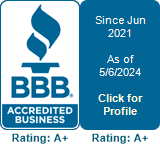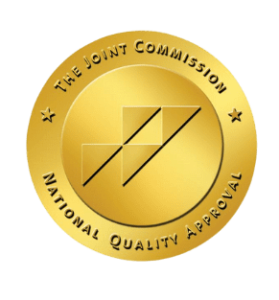Key Points:
- Relationship issues tied to codependency are common when someone is struggling with addiction.
- In the context of addiction, codependency develops when one person in a relationship reinforces the other person’s self-destructive tendencies as a way to feel needed or validated.
- Codependency is a learned behavior, meaning that it can also be resolved or “unlearned” in many relationships with enough awareness, commitment, and hard work from both people.
What Is Codependency?
Codependency is a behavioral pattern that develops when one person in a relationship derives their sense of self-worth from being needed by the other person. With time, codependency can evolve to the point that two people can no longer function without each other. Codependent relationships can develop between anyone, including romantic partners, platonic friends, or family members.
In a codependent relationship, both people “need” each other, but for different reasons. One individual habitually engages in self-destructive tendencies while the other protects them from the consequences of their actions. The former needs to be protected from themselves, while the latter needs validation by being the protector.
In that way, individuals in a codependent relationship become emotionally reliant on each other. When this goes unrecognized, codependency often fuels the cycle of addiction.
Codependency and Addiction
It is common for codependency to develop in conjunction with addiction. When someone is struggling with drug or alcohol addiction, there is never a good day to get sober, so they are continually seeking opportunities and reasons to continue using.
Codependent relationships make it easy to rationalize drinking or using because both parties seemingly gain something from the addiction. The person struggling with addiction is allowed to act on their impulses. Meanwhile, the other person feels a sense of purpose when they have to jump in to save that person from the consequences of acting on those impulses.
Signs of Codependency
Some common signs that codependency may be overlapping with addiction include:
- One person in a relationship continually “saves” another from bad situations brought on by repeated drug or alcohol use
- Feeling like a family member or loved one cannot be “cut off” because their life will fall apart without continued financial or emotional support
- The development of resent in a relationship when one person’s effort and support no longer comes from a place of giving but from a sense of one-sided obligation
- Financial or emotional support that comes with stipulations or conditions but ultimately allows someone to continue engaging in self-destructive behaviors
How To Overcome Codependency in a Relationship
1. Identify the Issue(s)
The first step to overcoming codependency is confirming that codependency is the issue. It is important to remember that codependency rarely exists separately from other issues like addiction or mental disorders. When identifying codependency, make sure to investigate any other potential factors that might be contributing to dependent tendencies as you plan the next steps. The best way to accomplish this is with professional guidance from a trusted source.
2. Get Honest
When a codependent relationship is identified, there is almost always hope that it can be resolved and develop over time into a healthy, balanced relationship as long as both parties are willing to put in the work. The work starts with honesty.
Both parties need to be honest with each other, and that includes admitting that they are both contributing to the problems in the relationship. Only then can both individuals start working on themselves. From there, they can open up about their struggles with other trusted people in their lives who can hold them accountable.
3. Learn Acceptance
In a codependent relationship, both individuals need to learn acceptance. Addiction and codependency are never anybody’s fault, so trying to point fingers generally ends up doing more harm than good. Instead, learning to accept one’s own faults along with the faults of the other person in the relationship is a critical step to overcoming codependency and moving forward.
4. Set Boundaries
Codependency often occurs because of a lack of boundaries. In order to overcome codependency in the long run, setting and holding firm boundaries is absolutely critical. When one person is overstepping boundaries or overlooking their needs in a relationship, codependency is more likely to arise. By holding true to boundaries and balancing both people’s needs in the relationship, you can prevent codependent tendencies from resurfacing later.
Can ALYST Help?
Codependency is a complex issue, particularly when it exists in conjunction with drug or alcohol addiction. If someone you care about might be struggling with addiction in conjunction with a codependent relationship, ALYST can help. Learn more about our addiction recovery resources and the addictions we treat. When you’re ready, find out if our approach is a good fit for you or someone you care about.






